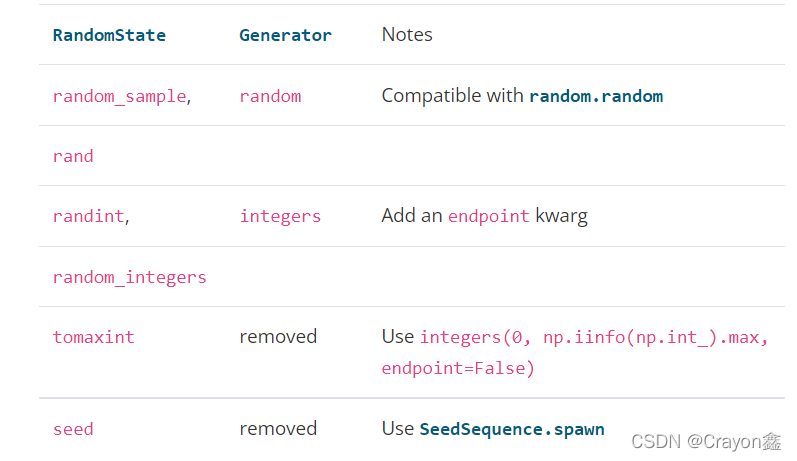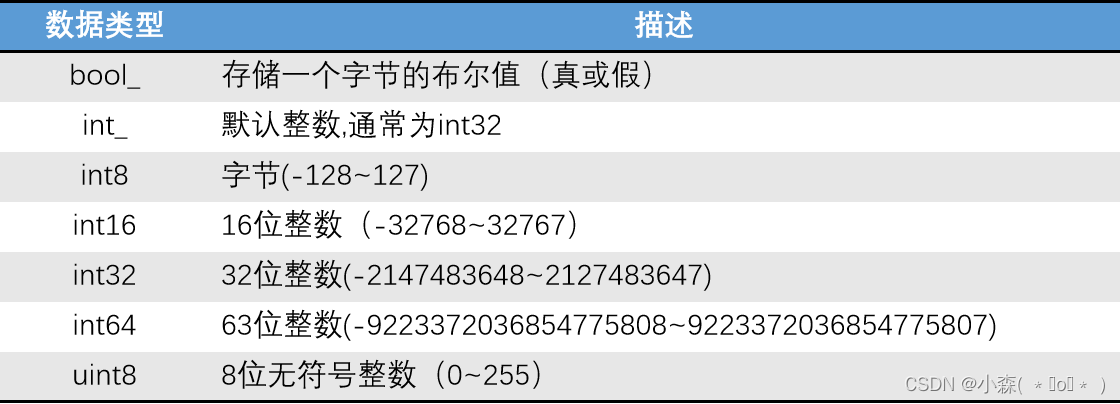使用numpy多项式模块-有更好的方法吗?
提问于 2013-04-03 08:26:46
我正在做一个项目,在这个项目中,我需要解决一个四分多项的根源之一,很多很多次。是否有更好的方法,即更快的方法来做到这一点?我应该写我自己的C库吗?示例代码如下所示。
# this code calculates the pH of a solution as it is
# titrated with base and then plots it.
import numpy.polynomial.polynomial as poly
import numpy as np
import matplotlib.pyplot as plt
# my pH calculation function
# assume two distinct pKa's solution is a quartic equation
def pH(base, Facid1, Facid2):
ka1 = 2.479496e-6
ka2 = 1.87438e-9
kw = 1.019230e-14
a = 1
b = ka1+ka2+base
c = base*(ka1+ka2)-(ka1*Facid1+ka2*Facid2)+ka1*ka2-kw
d = ka1*ka2*(base-Facid1-Facid2)-kw*(ka1+ka2)
e = -kw*ka1*ka2
p = poly.Polynomial((e,d,c,b,a))
return -np.log10(p.roots()[3]) #only need the 4th root here
# Define the concentration parameters
Facid1 = 0.002
Facid2 = 0.001
Fbase = 0.005 #the maximum base addition
# Generate my vectors
x = np.linspace(0., Fbase, 200)
y = [pH(base, Facid1, Facid2) for base in x]
# Make the plot frame
fig = plt.figure()
ax = fig.add_subplot(111)
# Set the limits
ax.set_ylim(1, 14)
ax.set_xlim(np.min(x), np.max(x))
# Add my data
ax.plot(x, y, "r-") # Plot of the data use lines
#add title, axis titles, and legend
ax.set_title("Acid titration")
ax.set_xlabel("Moles NaOH")
ax.set_ylabel("pH")
#ax.legend(("y data"), loc='upper left')
plt.show()根据答案,这是我想出的。还有其他建议吗?
# my pH calculation class
# assume two distinct pKa's solution is a quartic equation
class pH:
#things that don't change
ka1 = 2.479496e-6
ka2 = 1.87438e-9
kw = 1.019230e-14
kSum = ka1+ka2
kProd = ka1*ka2
e = -kw*kProd
#things that only depend on Facid1 and Facid2
def __init__(self, Facid1, Facid2):
self.c = -(self.ka1*Facid1+self.ka2*Facid2)+self.kProd-self.kw
self.d = self.kProd*(Facid1+Facid2)+self.kw*(self.kSum)
#only calculate things that depend on base
def pHCalc(self, base):
pMatrix = [[0, 0, 0, -self.e], #construct the companion matrix
[1, 0, 0, self.d-base*self.kProd],
[0, 1, 0, -(self.c+self.kSum*base)],
[0, 0, 1, -(self.kSum+base)]]
myVals = la.eigvals(pMatrix)
return -np.log10(np.max(myVals)) #need the one positive root回答 1
Code Review用户
回答已采纳
发布于 2013-04-03 10:05:21
NumPy首先用Python构造伴随矩阵,然后用LAPACK求解特征值,从而计算多项式的根。伴随矩阵的情况如下所示,它使用您的变量(如a==1):
[0 0 0 -e
1 0 0 -d
0 1 0 -c
0 0 1 -b]您应该能够通过在base的每次迭代中直接更新这样的矩阵来节省一些时间。然后利用numpy.linalg.eigvals(m).max()求出最大特征值。见来源。
页面原文内容由Code Review提供。腾讯云小微IT领域专用引擎提供翻译支持
原文链接:
https://codereview.stackexchange.com/questions/24671
复制相关文章
社区富文本编辑器全新改版!诚邀体验~
全新交互,全新视觉,新增快捷键、悬浮工具栏、高亮块等功能并同时优化现有功能,全面提升创作效率和体验









